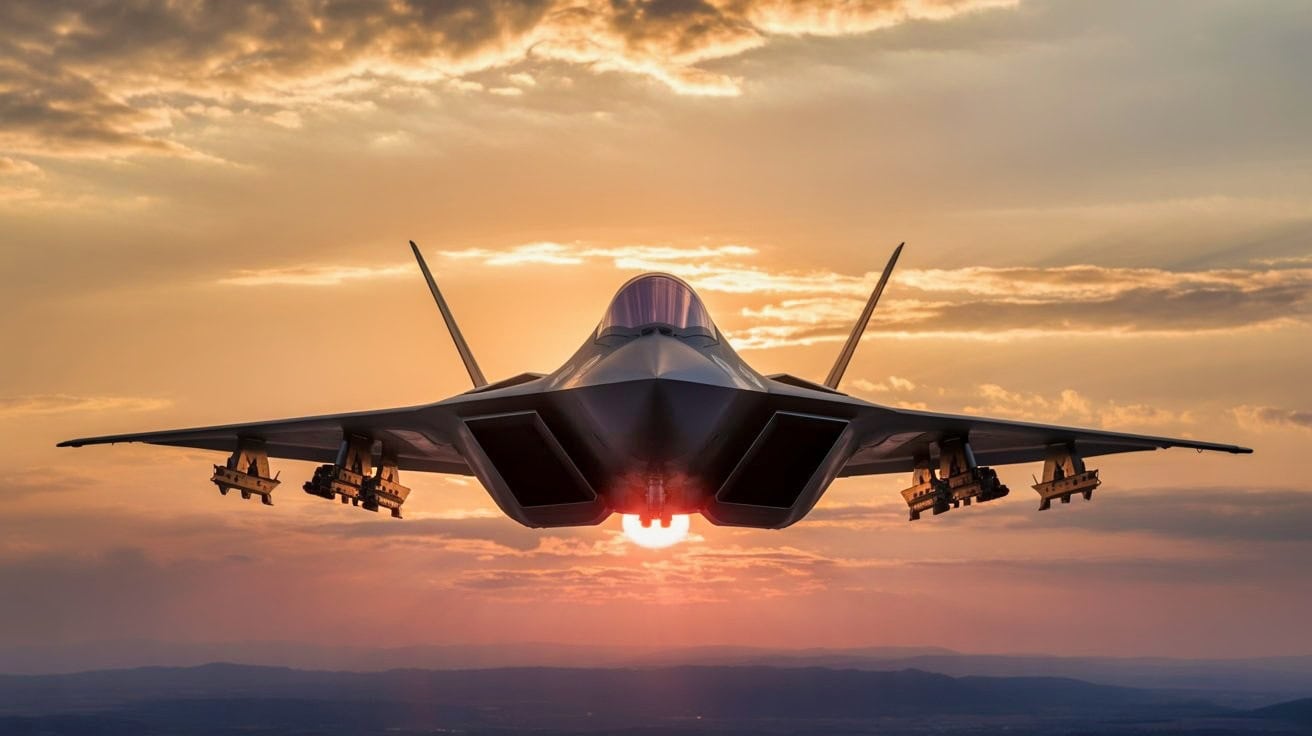Key Points: The newly unveiled US Air Force F-47 NGAD fighter’s operational range is a pivotal but still classified capability, particularly for deployment across the vast Indo-Pacific.
-While expected to exceed the F-22’s range significantly, the introduction of the F-47 fleet alongside potentially 100+ B-21 Raiders raises serious concerns about aerial refueling capacity.
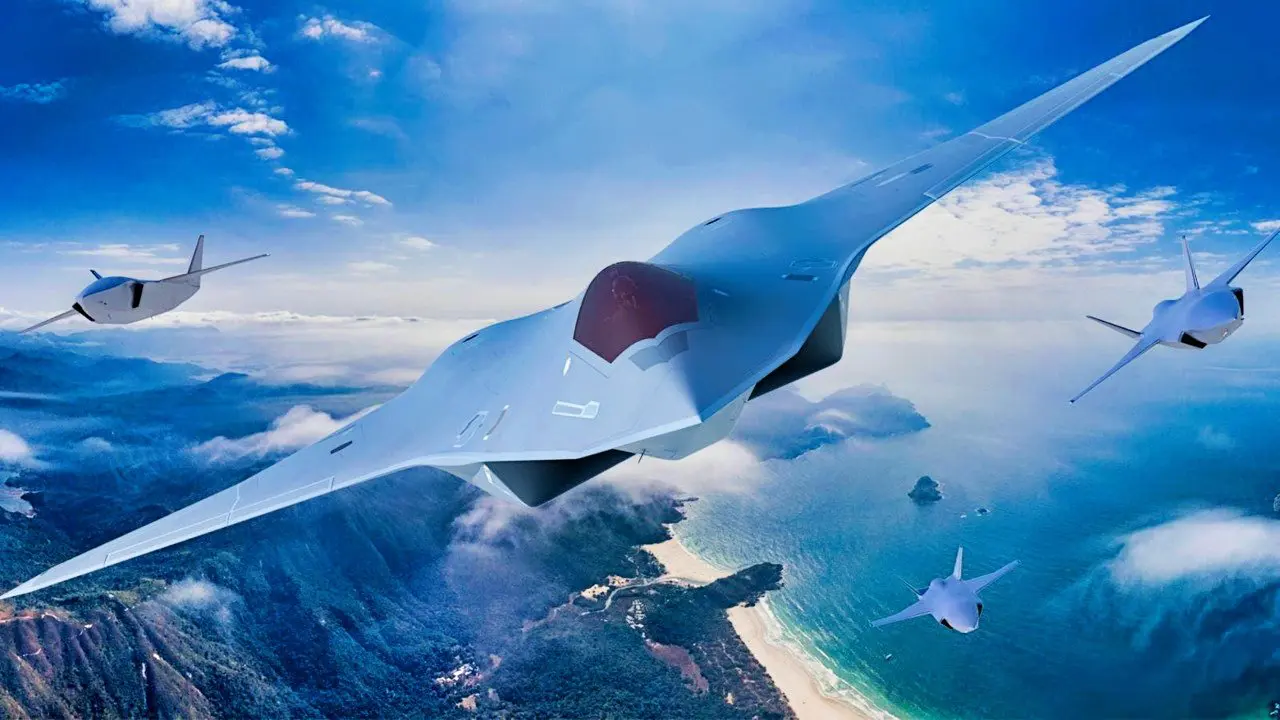
NGAD fighter from U.S. Air Force.
-US INDOPACOM Commander Admiral Paparo confirms the current tanker fleet is already insufficient for the theater’s demands.
-Supporting these next-generation aircraft, especially in contested airspace where current tankers are vulnerable, will require substantial investment in expanding and modernizing the US aerial refueling infrastructure.
The F-47 Fighter Challenge
The F-47 broke cover recently to great fanfare during an official unveiling of sorts with President Trump and Secretary of Defense Pete Hegseth from the Oval Office.
Hopes are high for the newest jet in the United States Air Force, as are the expectations.
As the first sixth-generation aircraft in American service, predictions and projections about the jet’s capabilities have run rife — all conjecture concerning an airplane that has not yet entered service, let alone serial production.
But while the F-47’s specific capabilities can only be guessed at — even the artwork and photographs of the aircraft are highly doctored, intentionally misleading placeholders — some important tidbits have emerged, with further crumbs of detail potentially to be released into the offing in the near future.
One singularly important aspect of the sixth-generation fighter, and one that is stirring significant debate, is the F-47’s range. More specifically, if the jet’s range will be a constraint over the Indo-Pacific.
The F-35 Had Very Little Range: Will the F-47 Suffer the Same Fate?
According to recent reporting, the F-47 will reportedly have a “significantly longer range” than the F-22 Raptor.
With internal fuel plus two underslung external fuel tanks, the F-22’s range is in excess of 1,850 miles.
At this point, the stealth jet would need to land or be refueled, which could prove to be a potential source of logistical strain, with implications for the American tanker fleet.
Air Force planners have previously suggested that the F-47 be built in two base variants. One smaller version with less fuel and, correspondingly, less range that would be sufficient for the European theater, as well as a larger variant with the onboard fuel space to operate in the vastly larger Indo-Pacific domain.
Speaking to a Senate Armed Services Committee hearing last month, Admiral Samuel J. Paparo Jr., Commander of the United States Indo-Pacific Command, detailed the current state of the American tanker fleet in its application to the largest combat command in the United States military.
“In addition, I discussed in the previous committee, we have to have many millions of pounds of fuel, of jet fuel, in the air for every capability,” Admiral Paparo explained. “So our tanker fleet is below what we need. We account for that for some contract air services, as well. But once again, those same factors obtain, you have to have a gray tail.”
Back in 2023, the United States Air Force experimented with commercial air tankers to keep jets from multiple branches refueled and is evaluating the concept further to determine project feasibility.
A Growing Competition
Part of the conundrum for the United States Air Force is certainly the F-47’s range and insufficiencies with the current and projected tanker fleet. However, the other part of the question, perhaps more importantly, is how America’s flying branch will keep all the fighters, bombers, logistics, reconnaissance aircraft, and others airborne when needed.
It’s a question that has become more complex thanks to the U.S. Air Force’s bomber fleet, projected to grow sharply shortly.
Though like the F-47, the B-21 Raider stealth bomber has not entered service with the U.S. Air Force, the program will have a significant impact on U.S. Air Force air operations. Unlike the current fleet of outwardly similar B-2 Spirit stealth bombers, which number just 19 airframes, the Air Force plans to acquire at least 100 state-of-the-art Raider bombers, with voices inside and outside the Department of Defense clamoring for more. But with a per-airframe cost of around $700 million each, they won’t come cheap.
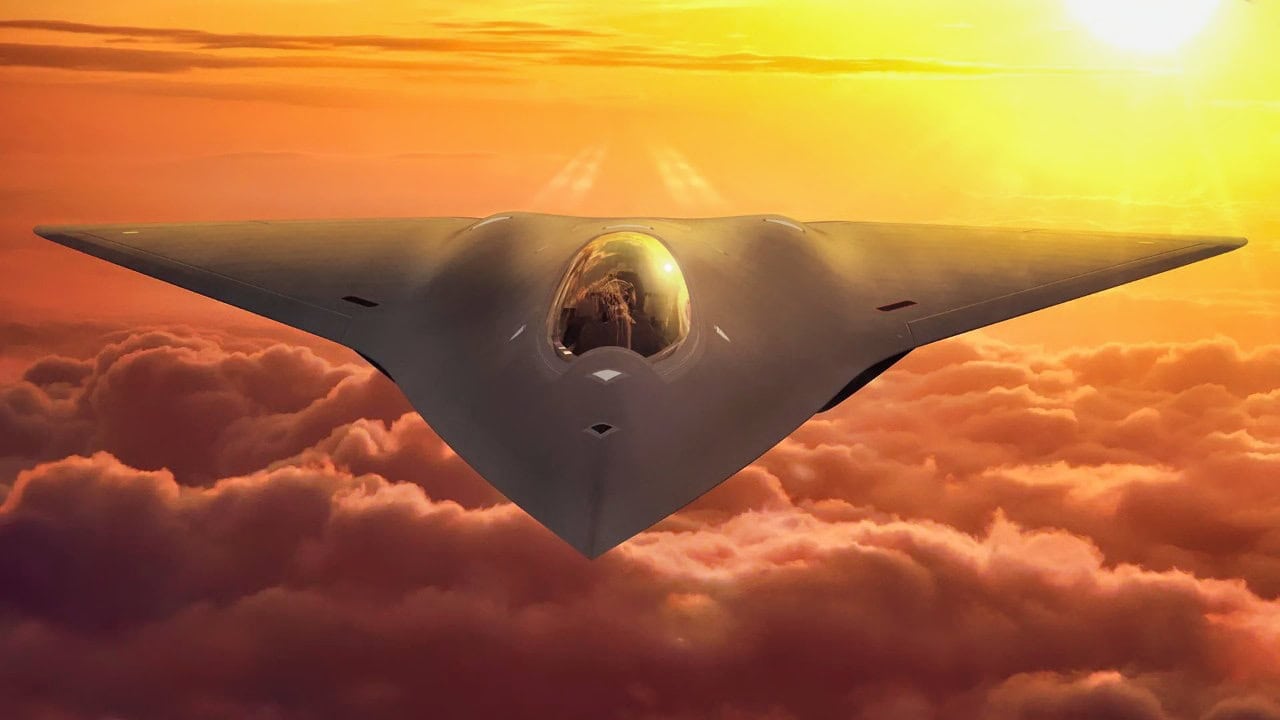
NGAD Fighter via Lockheed Martin.
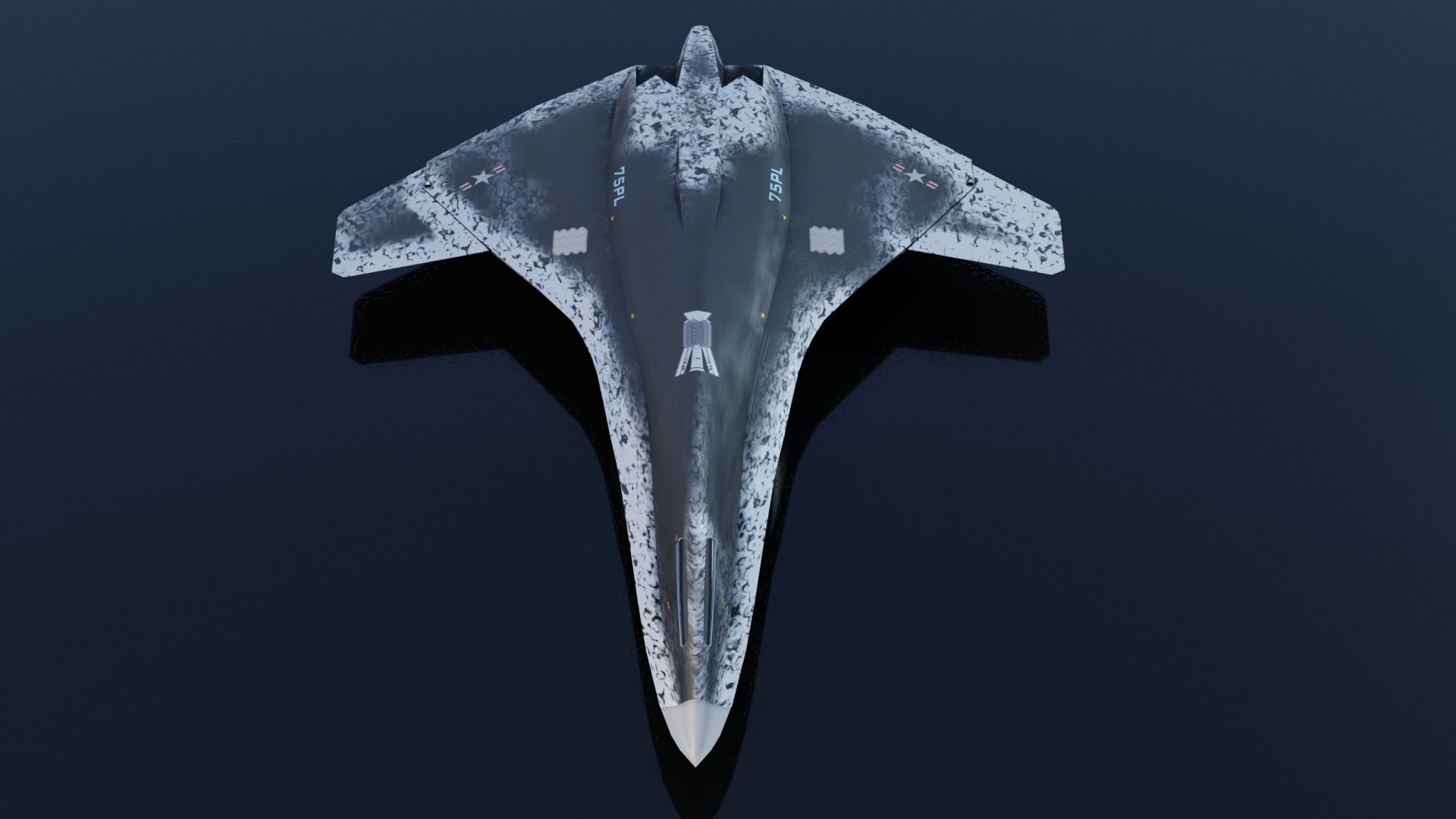
NGAD Fighter Mock Up. Image Credit: Creative Commons.
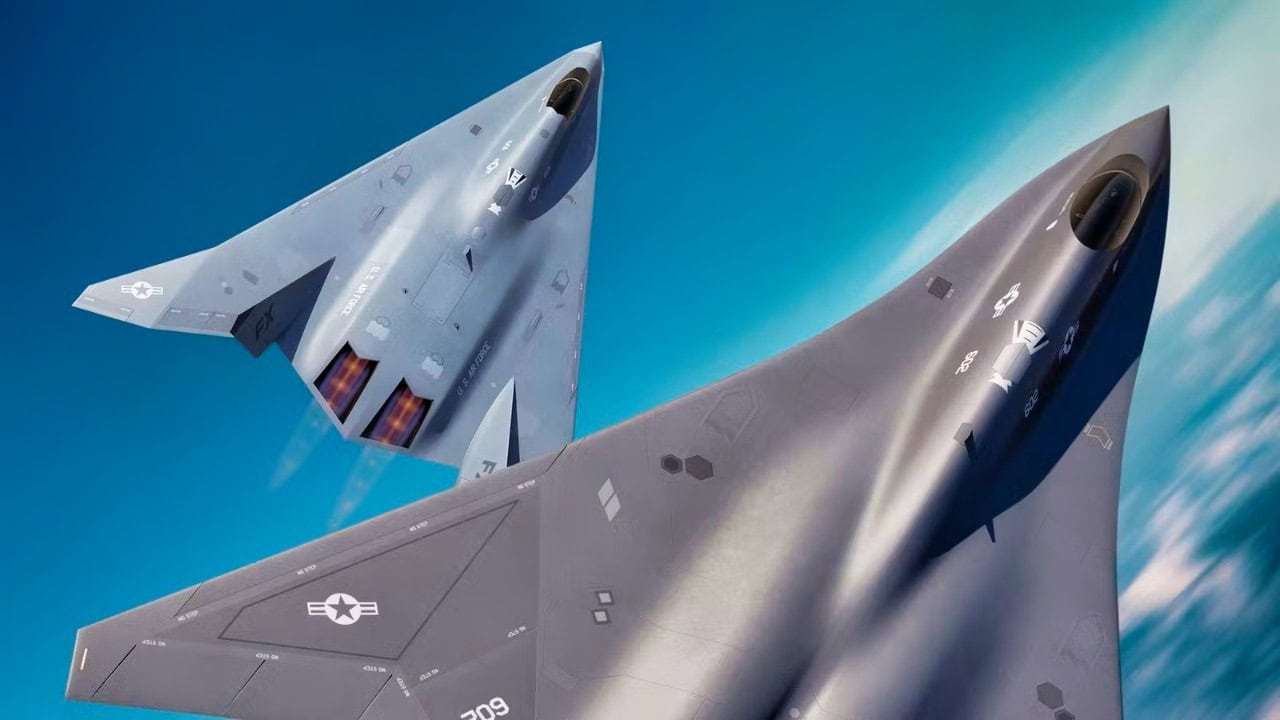
U.S. NGAD Fighter. Artist Rendering.
However, questions of cost aside, one remarkable aspect of the B-21 program is the stealth bomber’s range. Certainly not a publicly known piece of information, but if their Raiders supposed smaller size compared to the B-2 Spirit is any indication. The Raiders may boast smaller combat radii than their Cold War-era counterparts.
The potential strain placed on the existing fleet of tankers would be intense during a high-end conflict in the Indo-Pacific. The current fleet, much of which is essentially modified civilian airliners, lacks the survivability required for operations in contested airspace.
One of the U.S. Navy’s more mature platforms, the MQ-25A Stingray, promises to unlock improved air-to-air refueling capabilities and heralds a new age in Navy aviation — one in which manned-unmanned teams work together.
What Now for the F-47?
As the United States’ largest combat command, the Indo-Pacific needs platforms with the range to cope with the vast wastes of empty oceans that separate far-flung specks of remote islands and atolls that dot the Pacific Ocean.
However, with the Air Force seemingly set to expand — and potentially see its ranks swollen by aircraft that may have a lower range than their predecessors — the strains on the American tanker fleet could be immense.
About the Author: Caleb Larson
Caleb Larson is an American multiformat journalist based in Berlin, Germany. His work covers the intersection of conflict and society, focusing on American foreign policy and European security. He has reported from Germany, Russia, and the United States. Most recently, he covered the war in Ukraine, reporting extensively on the war’s shifting battle lines from Donbas and writing on the war’s civilian and humanitarian toll. Previously, he worked as a Defense Reporter for POLITICO Europe. You can follow his latest work on X.

